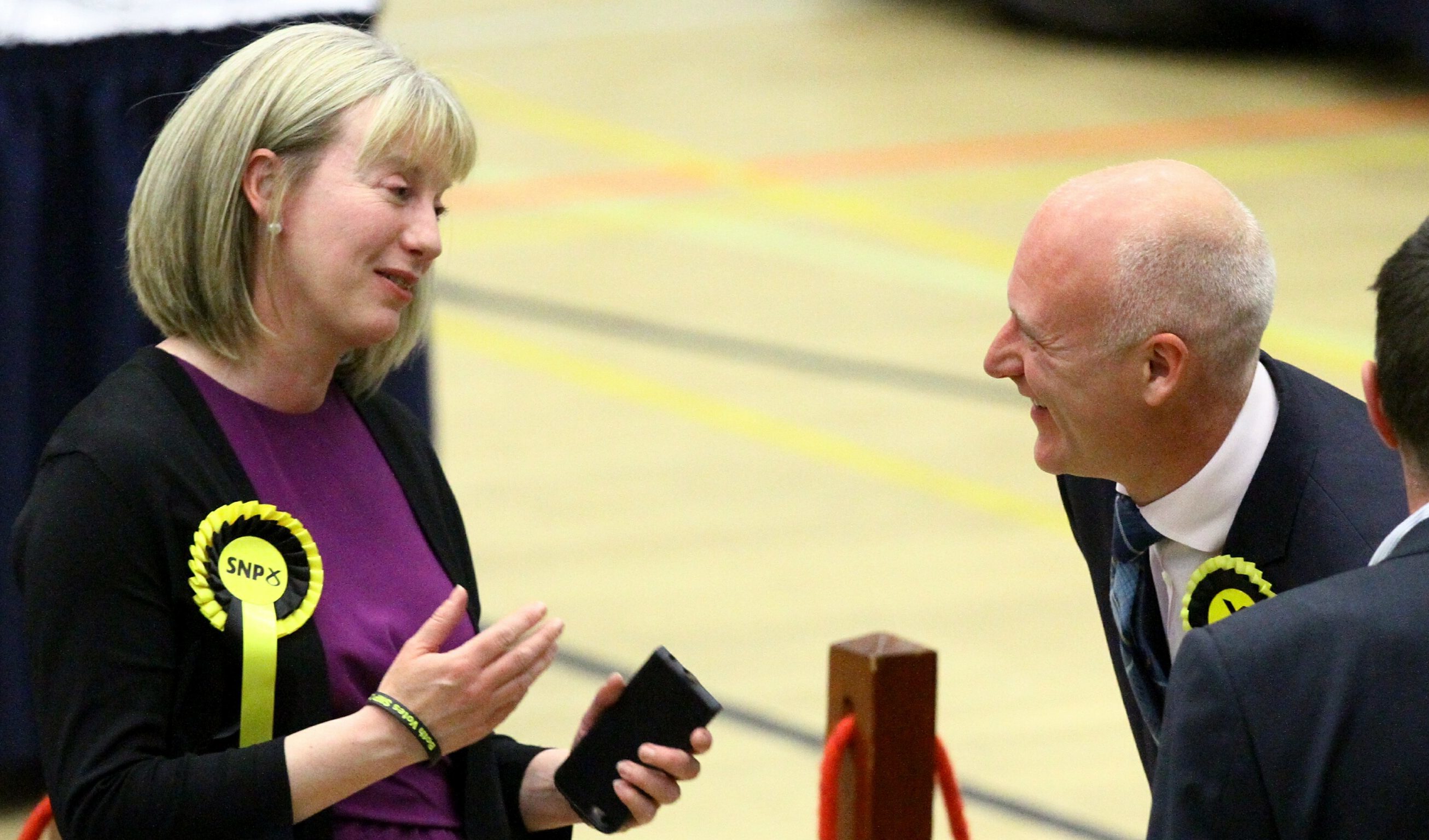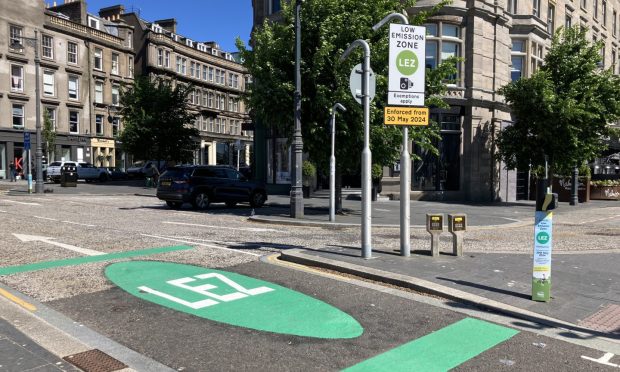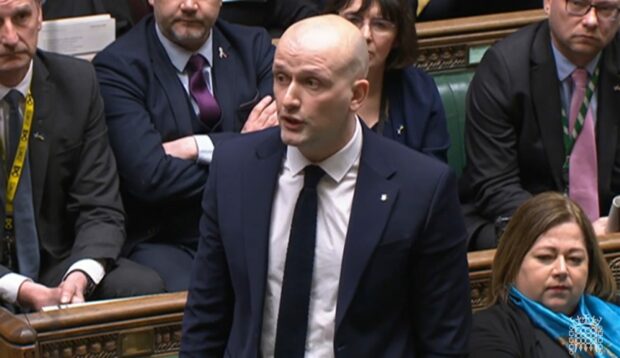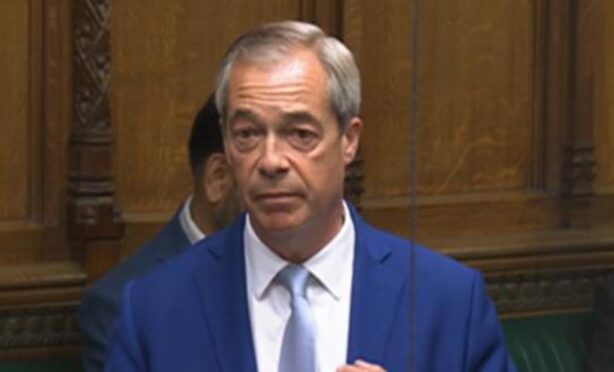Councils would have an extra £124 million to spend if they improved counter-fraud measures and clamped down on blunders, says a watchdog.
The Accounts Commission said achieving 1% of savings through upgraded financial management would deliver enough cash to fund thousands more nurses.
Its report found that council protections against the loss of public money through criminal activities and payment mistakes are “strained”.
One of the most high-profile cases of money being conned out of the public purse was in Dundee, when IT employee Mark Conway funnelled more than £1 million from the city council.
The report also revealed that an unidentified council overpaid staff and former workers by more than £800,000 in less than three years, through 800 botched salary payments.
The public spending watchdog said: “In 2017-18, councils’ net revenue expenditure totalled £12.4 billion.
>> Keep up to date with the latest news with The Courier newsletter
“If councils could save 1% by improving their financial management, risk management and internal controls, they could potentially free-up an extra £124m for providing public services.”
Risk management and controls are in place to ensure money such as salaries are paid correctly, data is kept safe and the exposure to fraud and corruption is minimised.
Audit Scotland said there are signs that “standards of internal controls may be strained” amid major challenges in local authority finances.
“Some recurring weaknesses are becoming apparent among councils and the consequences could be serious, including the loss of significant amounts of public money, impacts on services and reputational damage,” the report added.
Conway was jailed in 2017 for siphoning off £1.1m from Dundee City Council, in a fraud that went undetected for seven years.
In the wake of the con, which was uncovered in 2016, the council said they had reviewed safeguarding procedures and strengthened controls to avoid falling victim again.
Bill Bowman, the Scottish Conservative MSP, said Dundee “will know better than most local authorities just how important these anti-fraud measures could be” after the Conway case.
“This report suggests there could be huge savings to be made if robust measures are put in place,” the North East MSP said.
“Effective risk management and strong internal controls are essential. I hope that local authorities across Tayside and Fife will take heed of this warning.”










